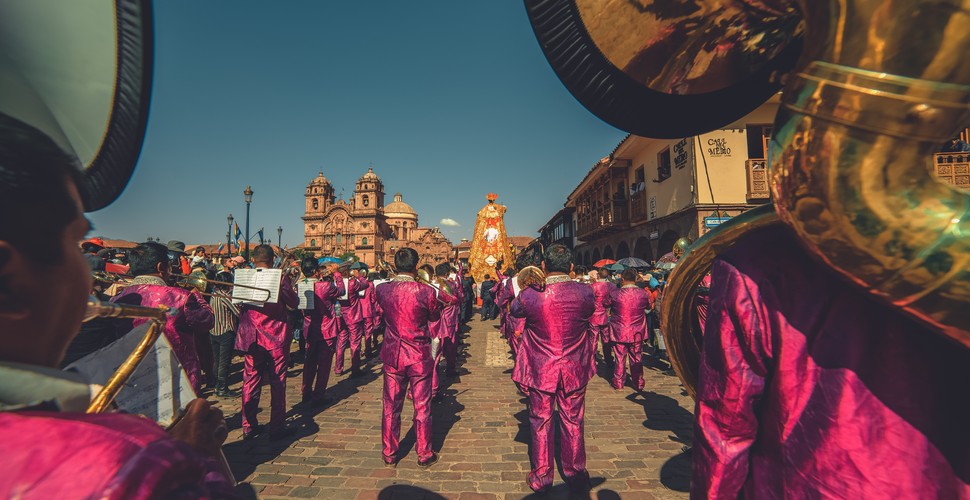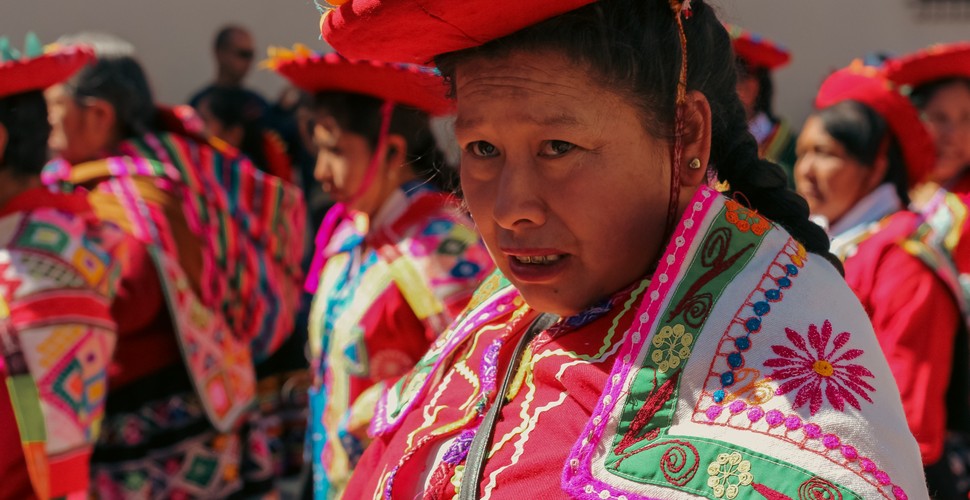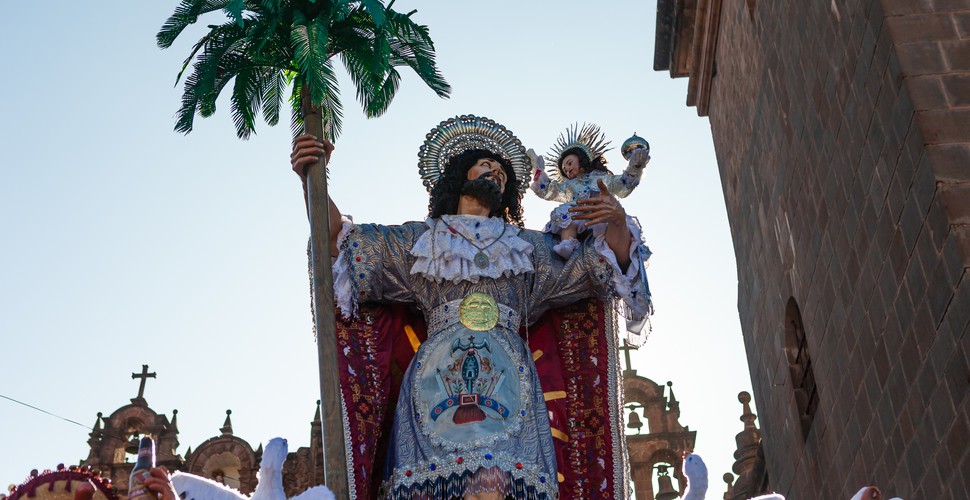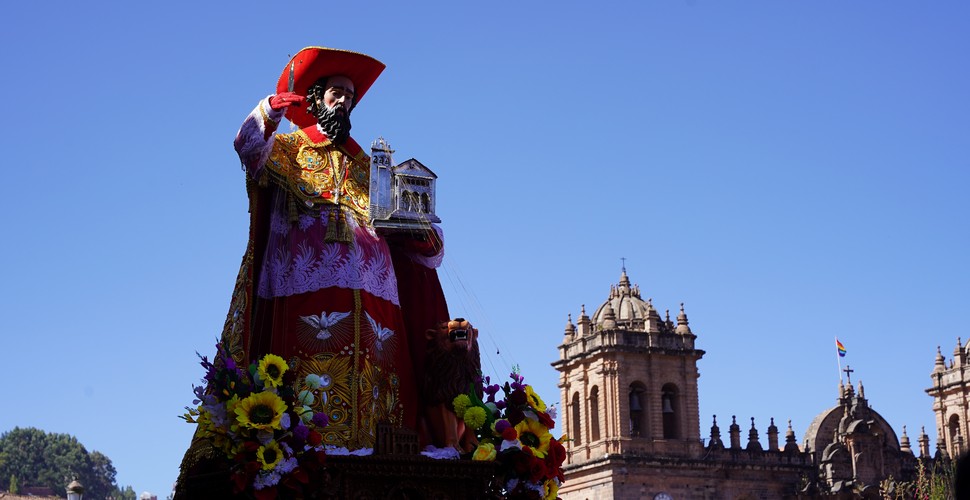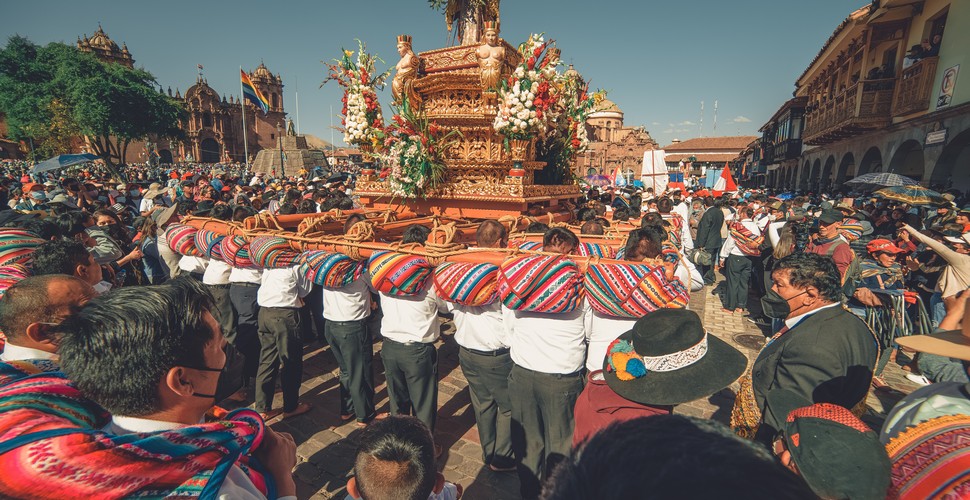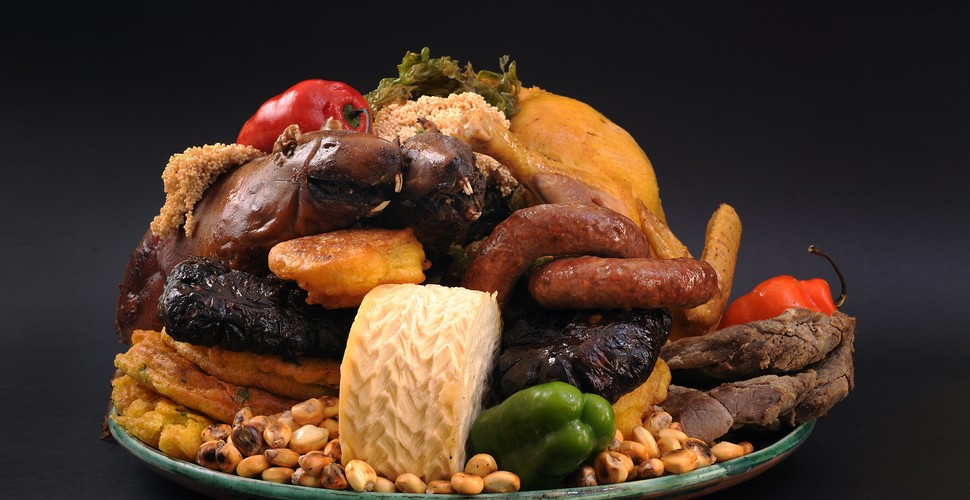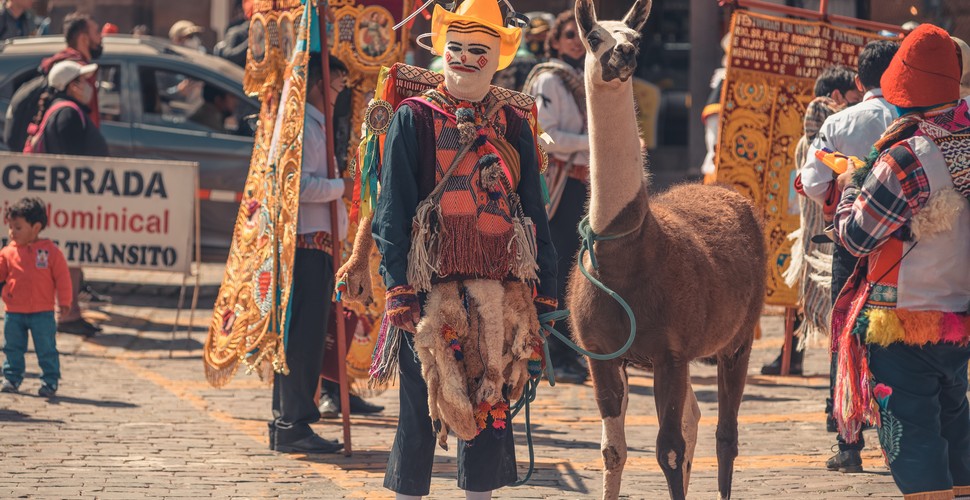

Claire Dean
Travel in South America is a joy to behold. The rich variety of destinations, experiences, landscapes and geography fascinated me so much, that I chose to relocate here, over 20 years ago! The best thing I ever did! Allow me to share my knowledge and passion for Central and South America with you and help you plan your holiday of a lifetime!

What is Corpus Cristi and how do they Celebrate in Cusco?
Written by:Claire Dean
Last Update: 2025-01-13
The Corpus Christi festival is celebrated all over Peru and in most Catholic countries such as Spain, and one of the most impressive celebrations is in Cusco. Sixty days after Easter Sunday, fifteen saints and virgins from churches of the surrounding region arrive at The Plaza de Armas in Cusco to be paraded around the main square and greet the body of Christ in the Cusco cathedral. The festival in Cusco is the perfect blend of the colorful, the traditional, and a jolly good knees-up! So, if you happen to be in Cusco around June, this spectacle is one of the highlights for visitors.
Brass Band at Corpus Christi
Cultural Syncretism.
Corpus Christi is an excellent example of "cultural syncretism" where the catholic religious festivity, introduced by the Spaniards, was easily integrated into Andean practices. Moreover, the date coincided with older traditional Andean festivals such as Inti Raymi and the winter harvest festival. For the Incas, these occasions involved transporting mummies and other sacred objects to the principal plaza, followed by several days of festivities.
Devout Campesino Community
Magnificent pageantry thrives in Cusco, Peru, where the week of Corpus Christi festivities runs concurrently with other civic parades that precede the Inca solstice festival of Inti Raymi. This miscegenation of festive traditions befits the celebration's multiple ethnic referents, invoking the heritages of Spain, the Incas, the rural Indians of the Amazon and the Andes, and urban mestizos.
Saint at Corpus Cristi
Order of Events
The day before Corpus Christi the festivities begin with the arrival of the Saints at the Cusco cathedral, accompanied by faithful Christians, musicians, and dancers. On the main day, the procession and celebration of the fifteen images of saints and virgins take place at the church. It is led by a silver chariot that is carrying the guard. On the eighth day, the Saints return to their original churches, from all over the Cusco region where they will stay for the rest of the year.
San Jeronimo at Corpus Cristi
The Corpus Christi festival in Cusco as it is today bears a remarkable resemblance to the most important traditions of the Andean world before the conquest. 15 different saints moved from the churches to be walked to the central Plaza de Armas and into the Cusco Cathedral, where they will remain for eight days until "El Octave" arrives, the day on which the saints are taken out of the Cusco Cathedral, is paraded around the plaza again before returning to their communities for the remainder of the year.
Devout Followers in Front of The Cathedral
There is no party without food!
Twelve traditional dishes are prepared and consumed the night before the main festival date, including cuy (guinea pig), chiriuchu, chicha (corn beer), and bread. Various fruits, such as chirimoya (custard apple), coconut, and sugar cane are also traditional during this celebration. The night before the main procession, many locals gather for a vigil. The most popular dish eaten during this time is “Chiriuchu”, a dish that contains only cold food, including guinea pig, chicken, sausage, cheese, fish eggs, and toasted corn. The main Plaza de Armas is full of attendees, and after the procession, local community members meet to discuss any problems. Corpus Christi is celebrated all over the world but is most famous for its magical presentation in Cusco, Peru.
Chiriuchu
What makes Corpus Christi in Cusco special?
Thursday is the main day of the event. Around 11:00 a.m. in the Plaza de Armas, the celebration begins. The procession is full of colorful and traditional costumes along with faithful believers and visitors who want to see the impressive parade. Visitors at the end of May or the beginning of June (depending on when Easter falls) will find themselves inevitably drawn into the Corpus Christi crowds. If you are in the historic center, you will likely see one of the saints or virgins making their way toward the Cathedral.
Party Time!
Find out more about the Corpus Christi festival in Cusco here and why you should plan your Peru vacation around this time.


